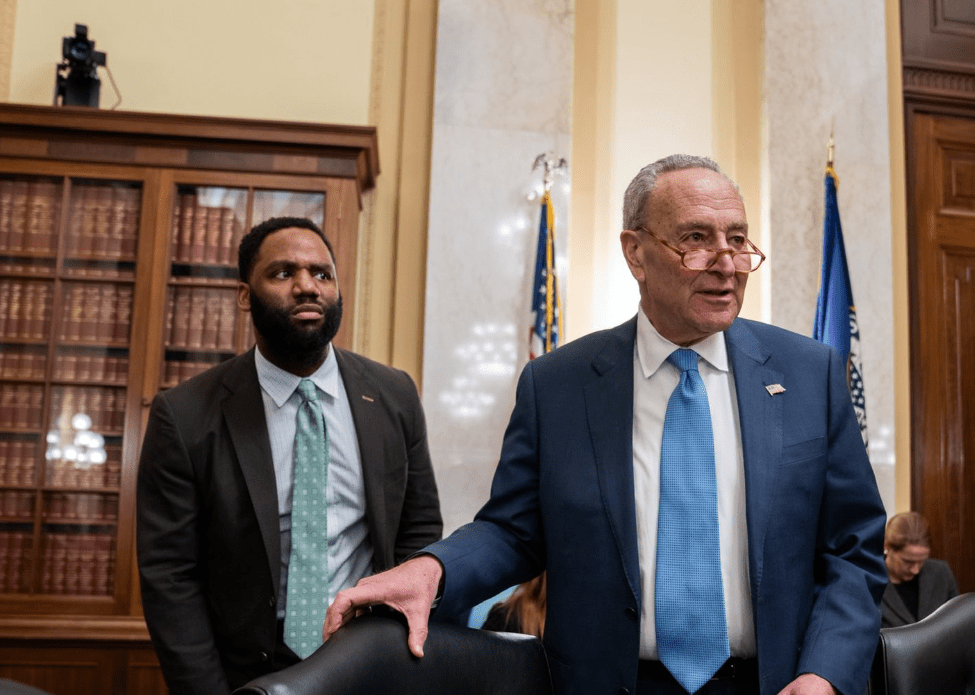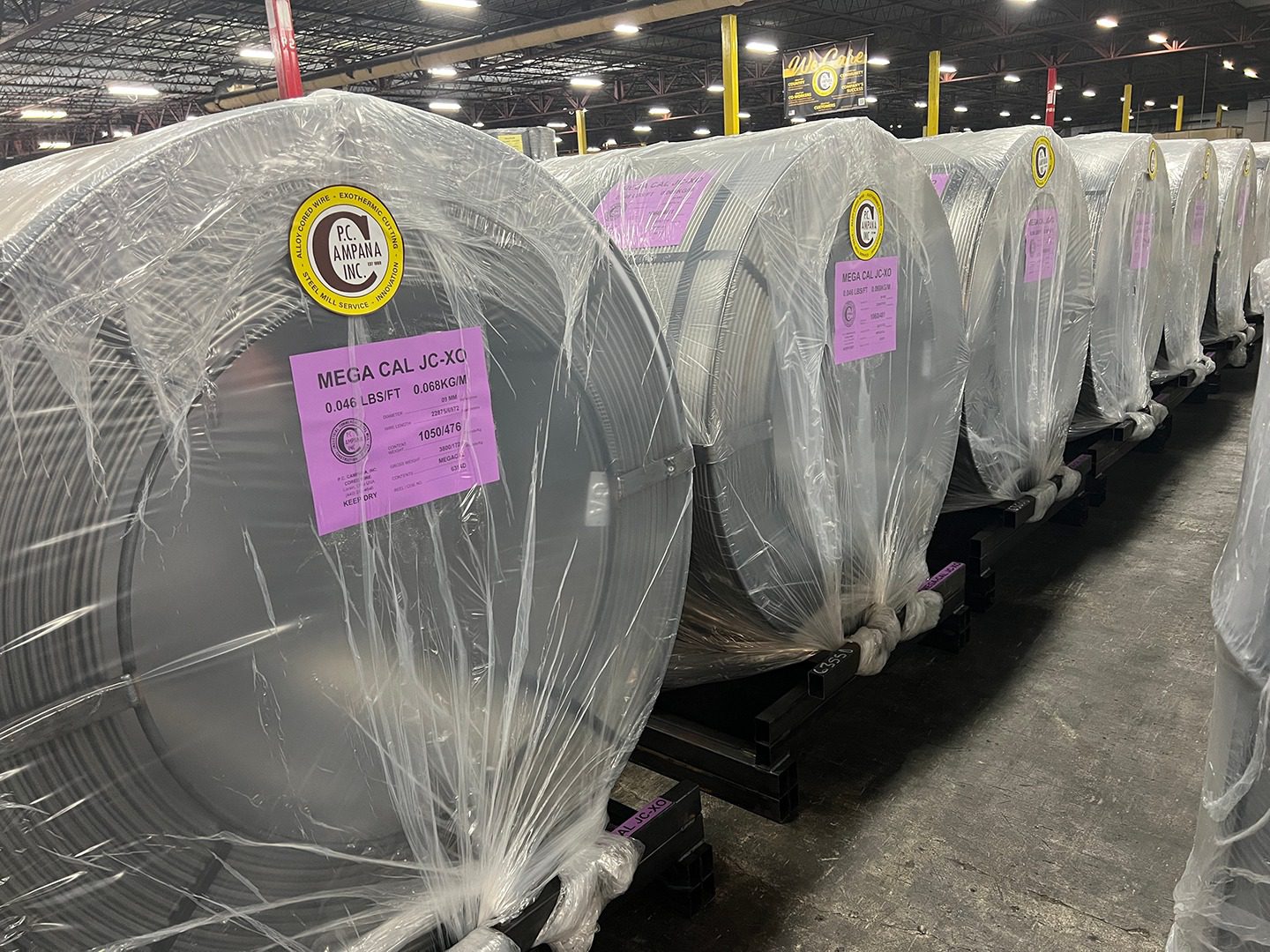
Studio portrait of Sid Salter. (photo by Beth Wynn / © Mississippi State University)
By: Sid Salter
During a briefing on immigration and border security in Calexico, Calif., last
week, President Donald Trump held fast to his steady contention that the U.S. immigration
system was overburdened as he continued to push for a Southern border wall and tighter
security to combat illegal border crossings.
“There is indeed an emergency on our southern border,” Trump said at the briefing. “It’s a
colossal surge and it’s overwhelming our immigration system, and we can’t let that happen.
We can’t take you anymore. We can’t take you. Our country is full.”
What isn’t full at this point is a ready supply of agriculture and construction industry labor.
AgWeb.com reported in August that a 2018 CoBank study entitled “Help Wanted” cited the
following findings:
First, as the U.S. economy continues to grow and unemployment dwindles, labor scarcity and wage inflation threaten the rural economy and put additional stress on profitability of the agriculture industry at a time of depressed commodity prices. Manual laborers are chasing higher wages offered in industries like transportation, construction, hospitality and mining, forcing agriculture employers to increase wages at a faster rate to compete.
Second, the scarcity of farm labor is also exacerbated by the shrinking number of migrant
workers from Mexico. In addition to immigration controls like tightening borders and increased immigration enforcement, birthrates in Mexico are falling and populations are moving toward urban areas, leaving fewer people with agricultural backgrounds who would be interested in U.S. farm work.
The employment picture in the construction industry has been similarly impacted.
GlobeSt.com writer Kelsi Borland reported in February that the U.S. construction industry lost 600,000 jobs since 2008, and 79 percent of construction companies need to hire more
employees in 2019.
Borland wrote: “A recent report from the Associated General Contractors of America shows
that 79 percent of construction companies want to hire more employees this year, but the
industry is only estimated to grow its workforce by .5 percent annually for the next 10 years. That is hardly enough to make up for the 600,000 jobs lost since the last recession.”
Labor economist Giovanni Peri, head of the economics department at the University of
California-Davis, said: “I would say that immigration policies in the United States have been almost completely separated from the economic needs of the U.S. economy.”
Peri continued:
“I think it would look like policy which would allow people to come in if there are American companies that are willing to hire them. They would allow people who study in the United States whose number has increased dramatically, who go to college, to find, if they find a job in the United States, to stay. It would imply that a lot of the undocumented workers who are filling a crucial niche in the U.S. economy, such as construction, agriculture or personal services, need to find a reasonable way to keep their job and have a legal status.”
“And we should be thinking in the future that we want to continue, if not to enlarge the ability of highly skilled to come and drive and push the American economy, but also find some legal ways for low-skilled worker who do jobs that Americans are moving out of very fast,” Peri concluded.
Trump’s immigration rhetoric aside, the agriculture and construction industry labor shortages are all too real and the only likely source of ready workers to do these jobs are immigrant laborers. These jobs are jobs that native-born Americans have for whatever reason refused to accept.
U.S. agriculture and the business community are asking, even pleading for guest worker laws that make sense and that produce a national immigration policy that serves the existing American economy. Mississippi’s farm economy is not served by making labor shortages more severe.











